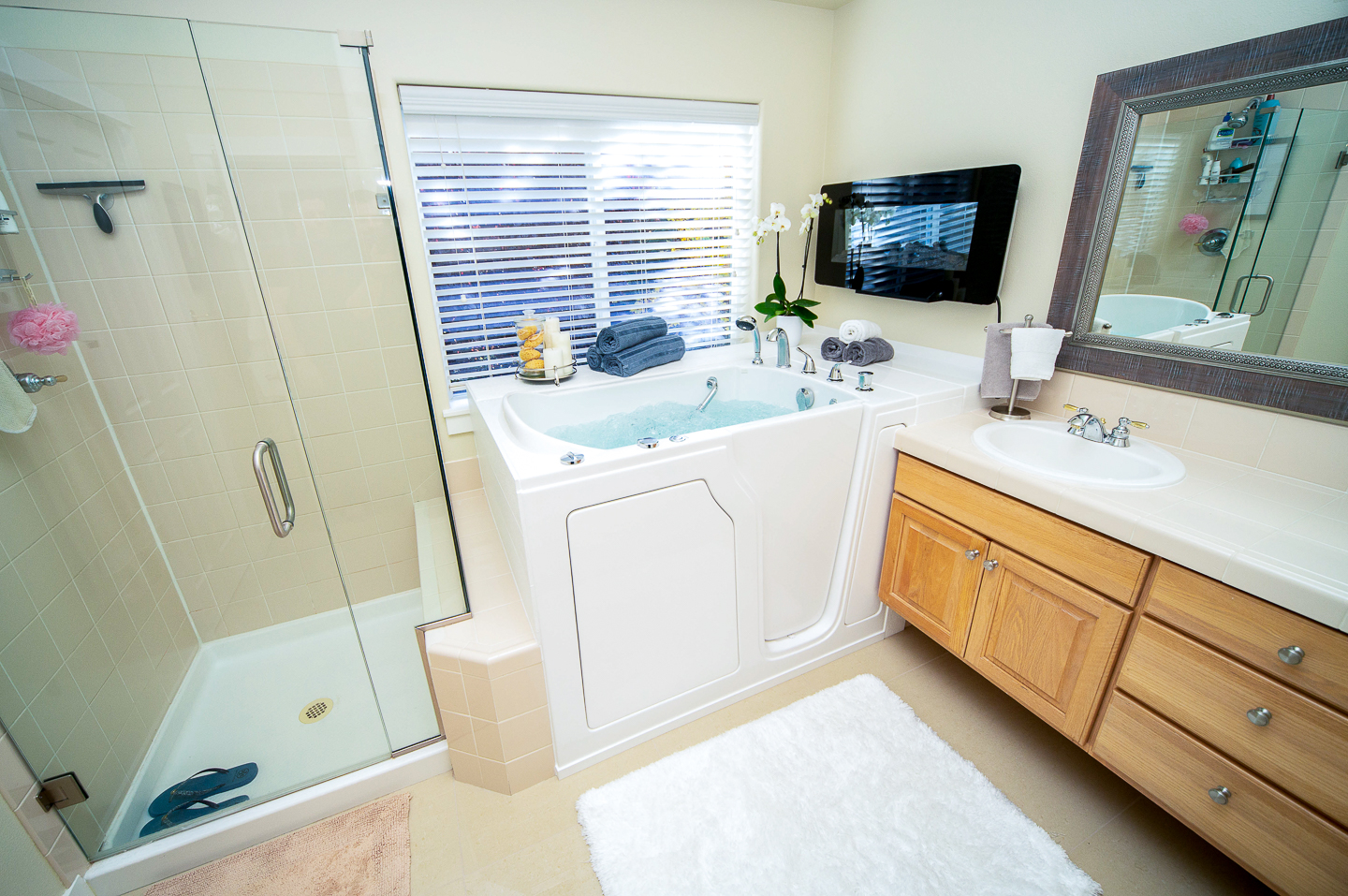Although a person’s home is one of the safest places in the world they can be, living at home is not without its share of hazards, especially for seniors. Older adults are always at risk of getting hurt anywhere, making it hard for them to get around even in their own homes. Having said that, it’s understandable why a person would want to stay in their home for as long as possible. Their memories are there. They’re most comfortable there. They can still maintain their independence and don’t want to burden others. Perhaps most importantly, assisted living facilities are VERY expensive. Not many people have thousands of dollars a month to spare, and doing so often eats into the money they have saved for years to pass on to their beneficiaries.
The good news? Staying at home may come with some hazards, but they can be entirely minimized by knowing what they are, and how to mitigate them.
These are the most common at-home safety risks for older adults and how you can prevent them.
Falls
We lose our balance and muscle strength as we get older, making falls much more common. Weakness in our bones and bodies also make falls that much more devastating for seniors. According to the Centers for Disease Control and Prevention (CDC), falls are the leading cause of injury for older adults, and they can even lead to premature death.
Where are falls most likely to occur, and what are the causes? These are the most common causes of falls in the home:
- Poor lighting: can cause obstacles to be less easy to see, especially for those with vision impairments.
- Clutter: unseen objects on the floor can be a hazard, especially if left by the top of the stairs.
- Wet floors and slippery surfaces: these are especially common in the kitchen and bathroom spaces.
- Uneven surfaces: floors are not always perfectly level, which can cause people to trip or lose their balance.
Bathroom Hazards
Most falls in the home occur in the bathroom—about 80% of them. Older adults are most at risk while getting into and out of the bathtub or shower. Slippery floors and surfaces, the lack of grab bars and safety rails, and the large step required by most bathtubs make for a dangerous situation. Because of this, some seniors tend to avoid bathing simply because it’s too uncomfortable and/or dangerous.
While installing rubber mats, grab bars, shower chairs, and other bathroom aids can help older adults bathe more safely, they don’t eliminate one of the greatest risk factors in the bathroom—stepping into and getting out of the shower.
It’s often difficult for older adults to clear the lip, threshold, etc. When getting into the bathtub. Arthritis, weakness, and general imbalance make it hard for them to lift their legs high enough to safely clear the threshold. This can result in clipping their foot and falling, which creates a very dangerous situation.
The Solution to the Problem of Safety and Independence
Walk-in tubs are specifically designed to enhance safety and bathrooms while allowing older adults to bathe more independently. Their numerous safety features are specially designed for those with mobility issues, creating a safer bathroom environment by eliminating high thresholds, reducing slippery surfaces, and providing safer seating that. All of this makes for a safer bathroom environment that allows older adults to stay in their homes longer.
If you or a loved one wants to stay independent while maintaining your lifestyle at home, the best investment you can make is a walk-in tub.
Learn more about our products at Independent Home and see how you can save $1500 on your purchase! Call 888-243-1297 to request a free quote.




